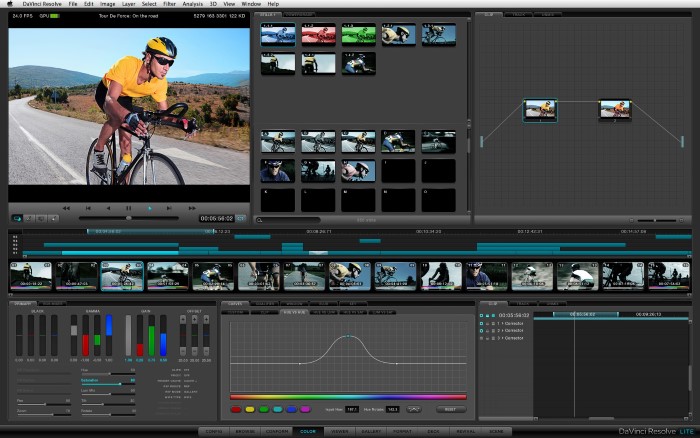

For example, if your clips were on video track 1, add the adjustment clip to video track 2.



To add a transition between clips or at the beginning or end of a clip you can simply drag it onto that point of the clip.By clicking the star beside a transition, you can also add it to the Favorites at the bottom of the toolbox. If you’re ever interested in changing the standard transition to something else, all you need to do is select a new transition, right-click, and choose Set as Standard Transition. Here, you’ll see that the Cross Dissolve is the standard transition, identified by a red bar beside it. Simply click on the Effects Library and look under Toolbox > Video Transitions. To kick things off, we’ll begin with video transitions! DaVinci Resolve 17 offers the expected transitions-Dissolve, Iris, Push/Slide, Shapes, and Wipes and a lot more have been added in version 17 including some Fusion transitions like camera shake, circles, and crash zoom. Let’s dive into what’s available and how to use them in your projects. Here you’ll see 3 main categories: the Toolbox, OpenFX, and AudioFX. Part 1: Getting Started Using Effects in DaVinci Resolve 17Īll the Transitions (video and audio), Titles, Generators, and Effects live in the Effects Library. Part 2: Motion Array Effects Templates & Macros.Part 1: Getting Started Using Effects in DaVinci Resolve 17.


 0 kommentar(er)
0 kommentar(er)
